The world is full of deadly insects. The good news though is that most of them aren’t common and that are only occasionally deadly. Take a look at these Top 10 deadliest insects in the World and see which ones surprise you.
#1 Mosquitoes

Mosquitoes are the deadliest insects on the earth it may sound strange but it is true. Most of the diseases that are carried by mosquitoes are deadly. They are responsible for causing 1 million deaths every year. WHO estimated that in every 30 seconds, a child dies due to malaria.
Mosquitoes carry malaria germs from one place to another and spread the germs into the victim’s blood by biting. 500 million cases of malaria are reported every year throughout the world.
In addition to malaria mosquitoes also transmit yellow fever, Chikungunya, West Nile virus, dengue fever, filariasis, Zika virus and all these are deadly infections and diseases.
#2 Tsetse Fly

The Tsetse fly qualifies as the second deadliest insect in the world because of the chemicals that it delivers into the human body when it bites. The chemicals delivered by this fly cause humans to get sleeping sickness.
It takes over a week for sleeping sickness to develop so you won’t know you are suffering from it until you start noticing the symptoms which range anywhere from headaches and trouble sleeping to joint pains and poor coordination. The lack of sleep in combination with the other symptoms will damage your body to the point of death if left untreated.
Tsetse flies are the deadliest biting insect native to Africa. It is estimated that about half a million people lost their lives by the attack of tsetse flies in Africa.
#3 Bees
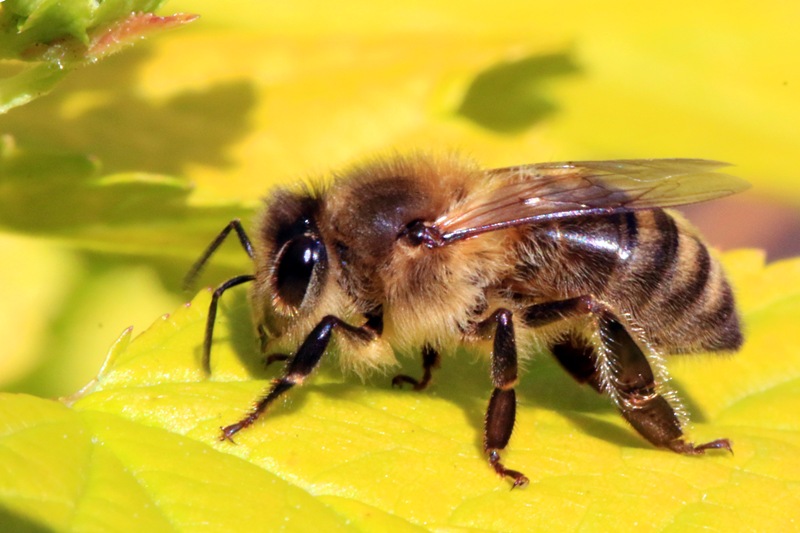
There are a large variety of bees out there and they have been known to be quite deadly. A small number of people die every year from traditional bee stings due to allergic reactions or other side effects but Africanized Honey Bees are the true killers.
Nicknamed the Killer Bees, Africanized Honey Bees need no provocation to attack their victims in swarms and they overwhelm the body with stings. Allergic reactions kill some victims but others die from simply having too much toxin in their blood.
Killer bees are very aggressive and a group of killer bees follows its victims for more than 1 mile. They mainly attack the face and eyes of humans. They live in very large colonies and thousands die each year from these killer bees.
Read More: Top 10 Astonishing Facts about King Cobra
#4 Giant Japanese/Asian Hornet
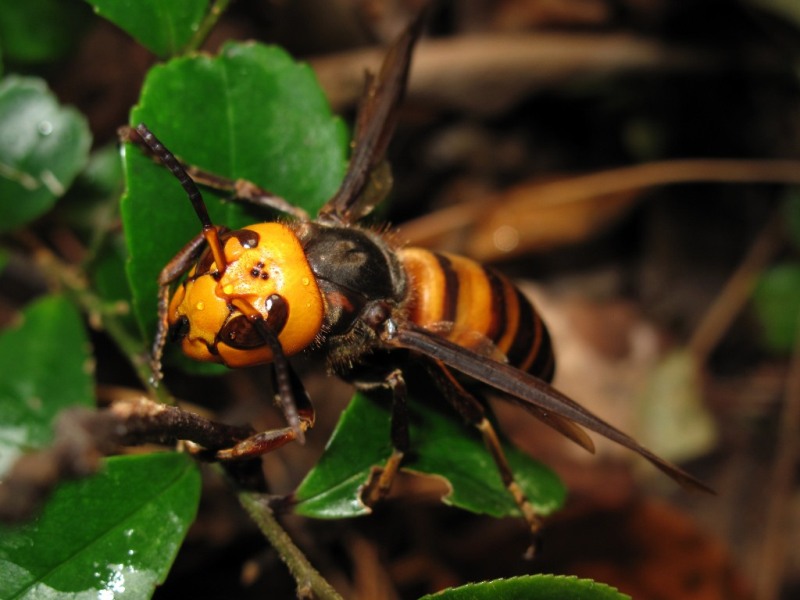
These hornets are very localized to Japan and some of the nearby Asian countries but they are bound to scare anyone that sees them. A fully grown Giant Japanese Hornet can be up to 3 inches in length, bigger than any other species of hornet or bee out there.
The giant Japanese hornet is the largest species of hornet in the world.
Just like with bees, the main cause of death is an allergic reaction but the toxins in its sting also kill. 20 of these hornets are enough to destroy a hive of honeybees. The sting from the Giant Japanese Hornet contains more of the chemical causing pain than any other insect in the world and it has been known to dissolve human skin tissues.
What might be worse is that like other hornets it can sting multiple times and the strings attract more Japanese Hornets. Every year up to 40 deaths are recorded by the sting of Japanese hornet.
#5 Kissing Bugs

Despite the cute name, the Kissing Bug’s bite can debilitate a healthy adult. When these bugs bite they transfer a disease known as Chagas Disease. They also transmit a parasite called Trypanosoma cruzi.
This disease takes up to twenty years to kill a person and dying from the disease is extremely painful. There is currently no effective cure or treatment for this disease. Kissing bugs grow up by sucking the blood of vertebrates.
Kissing bugs are named after their habit of biting the lip of humans while they sleep.
These bugs didn’t use to be found in the United States but due to the ease of travel between countries, these bugs can now be found in the United States. The kissing bug disease or ‘changas’ kills 12000 people every year.
Read More: Top 10 Most Most Intelligent Dog Breeds
#6 Locusts
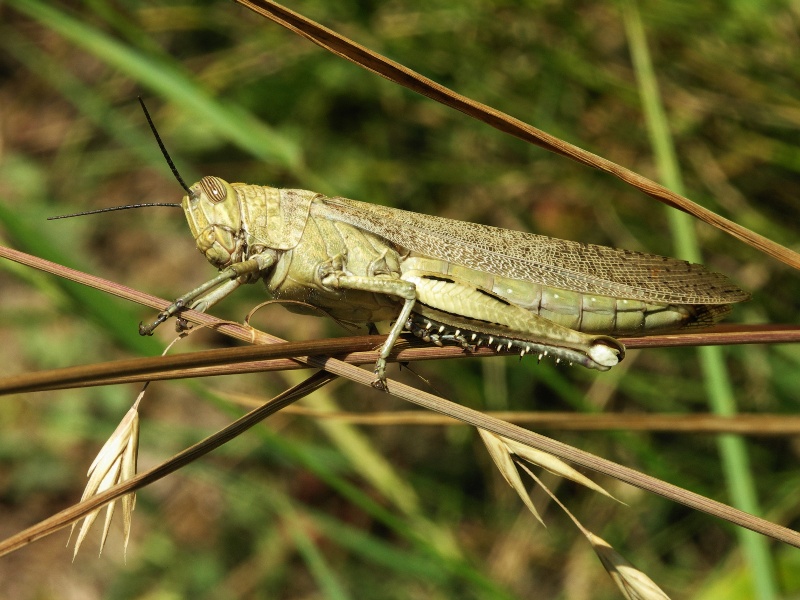
Locusts are the only animal on this list that doesn’t kill by touching a human. Instead, Locusts have been known to cause death by eating crops. When a plague of locusts hits an area it eats all of the crops in sight, leaving nothing behind.
These little buggers which are perfectly harmless to humans, have been known to cause the collapse of empires and are often cited as the reason the Turkish forces were distracted during World War I. They have almost stripped whole countries of all of their crops.
Read More: Top 10 Amazing Facts About Snakes
#7 Flea
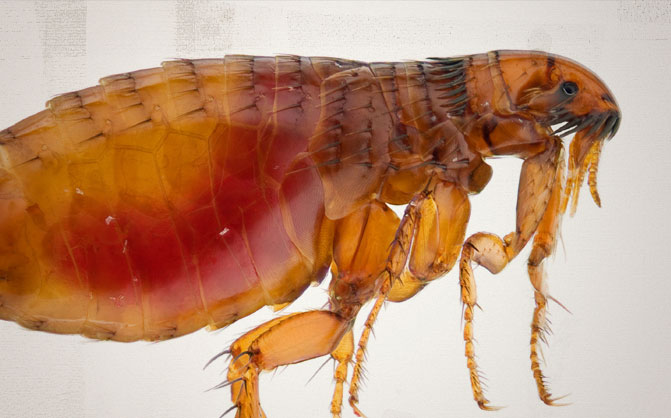
Fleas are recognized as dangerous parasites. Fleas suck blood from humans, animals, reptiles and birds. They generally pierce the skin to get in contact with blood to feed on them and can cause initial allergic reactions like itching or swollen skin.
Fleas spread deadly viruses like myxomatosis and bacteria like murine.
Fleas only have the size of the tip of a pen and reproduce very quickly. A female can lay up to 2000 eggs during their lifespan. Young fleas can consume a volume of blood that is over 15 times their body weight.
#8 Bullet Ants

Bullet ant is the largest of all ants in the world. They are mostly found in the rainforests of Nicaragua and Paraguay. Bullet ants are named after their painful sting. After the bite victim would feel like being shot by a bullet.
The sting by a bullet ant is 30 times more painful than that of a wasp or a honey bee.
The stings of Bullet Ants are more dangerous than a Giant Japanese Hornet as they consist of Poneratoxin which is capable of paralyzing and blocking the blood flow in the central nervous system.
They are considered as the largest among the Ant species with a length of about 1.2 inches. Each bullet ant colonies contain hundreds of members. They usually make a nest at the base of large trees.
Bullet ants also release an unpleasant odour once they find any predator. If that does not help to drive the predator away, they would attack together with a powerful sting and the pain can sustain for more than 24 hours even with medical assistance.
Read More: Top 10 Deadliest Snakes in the World
#9 Fire Ants
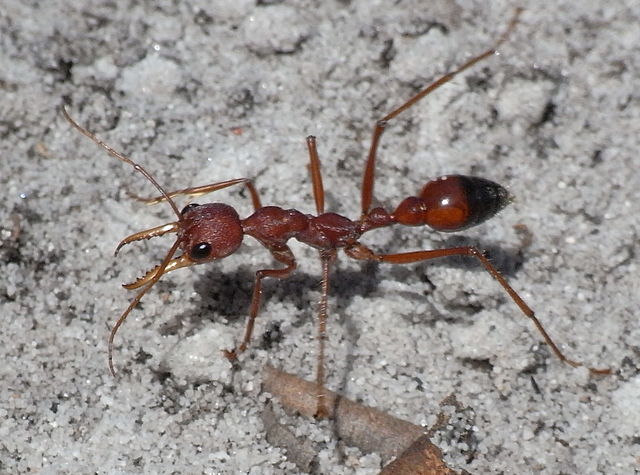
There are 285 different species of fire ants in the world. Once disturbed, they would sting the intruder repeatedly. The fire ant sting is very painful also. A white pustule caused by a fire ant sting lasts for weeks. Their venom also causes several skin problems.
Primary effects would include bumps, rashes, chest pain, loss of breath and nausea. The allergic reaction is commonly treated by oral application, however, the victim will have to undergo medication if the toxins injected are at a very high level.
Fire ants usually attack the group that contains ten to hundreds of ants. The venom of fire ants also results in an allergic reaction. They consist of a very harmful toxin called “Solenopsin”, which can cause adverse effects on humans if injected in large amounts.
These ants are capable of surviving extreme conditions and are generally found under logs, bricks or rocks.
Read More: Top 10 Amazing Facts about Cats
#10 Wasp
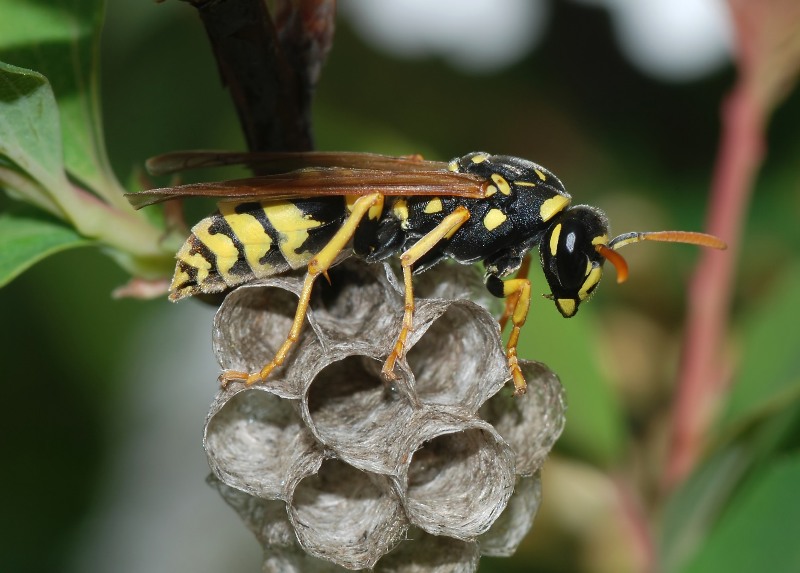
The most commonly known wasps are yellow jackets and hornets. Wasps usually have a slender, shiny bodies but they can often look like Honeybees. Unlike Honeybees, when wasps sting their victim they do not lose their stinger, allowing them to sting their victim repeatedly.
Many people go into anaphylactic shock and die because of a single wasp sting
This list of deadliest insects may make you think twice about picking up that cute little bug you see outside. The good news though, is that as long as you don’t live in a tropical location most insects that you interact with will be perfectly harmless.
If you do find yourself bitten or attacked by one of these deadly insects, seek medical attention right away.



